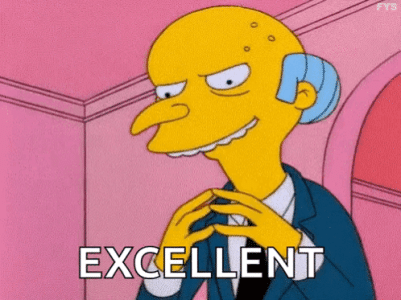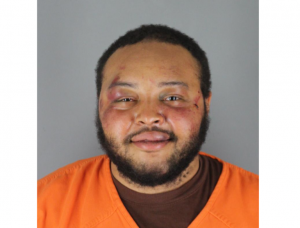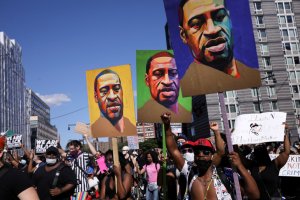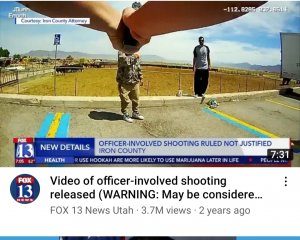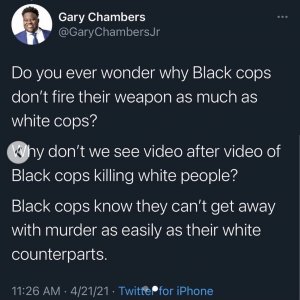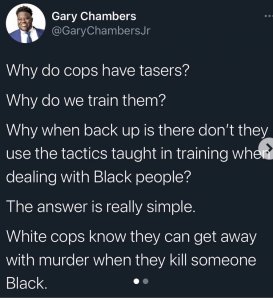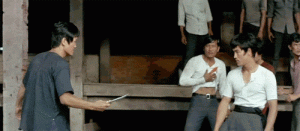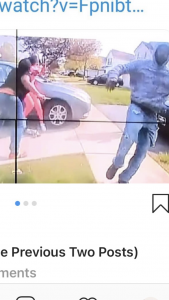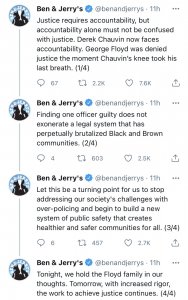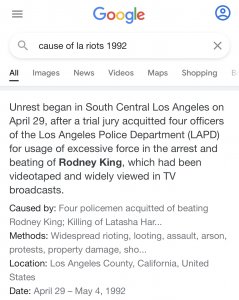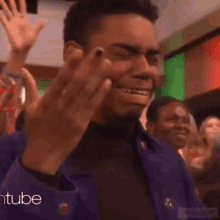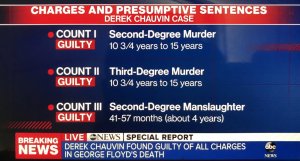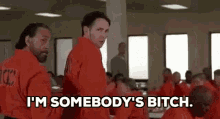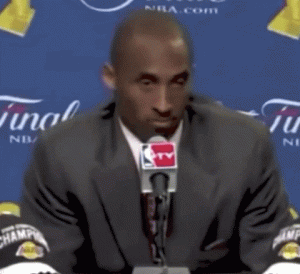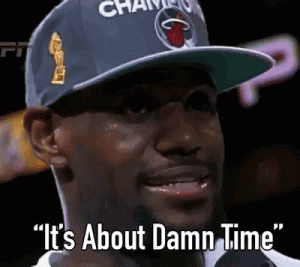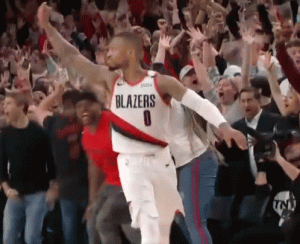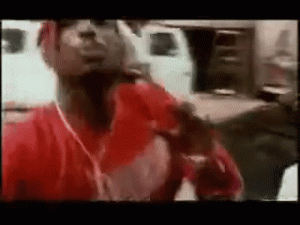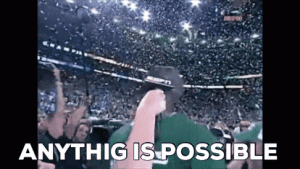pro or anti police
pro or anti riot
black verse white
we are forgetting one important thing even before george floyd
there is still a virus going around
Riots Breed Chaos, Violence and Most Likely Covid-19
The pandemic seems to be forgotten amid the rage, but the demonstrations will only make it worse.
Like so many Americans, I didn’t get much sleep Friday night. All night long, I kept refreshing my Twitter feed, watching and re-watching the videos of the rioting that took place in cities nationwide in reaction to the killing of George Floyd in Minneapolis earlier in the week.
I saw a New York police officer
throwing a young protester to the ground, calling her a vile name as he did; a
police car going up in flames in Dallas;
an assault on the CNN building in Atlanta; a police officer in Louisville, Kentucky,
shooting a pepper-spray ball at a camera operator. And on and on.
My feelings watching the riots unfold weren’t much different from most people’s: horror, revulsion and a powerful sadness that this is what it had come to, perhaps inevitably, three and a half years into the presidency of Donald Trump. I recalled watching the Democratic convention in Chicago in 1968. I thought about Ferguson, Missouri, and about the way so many police forces across the country seem to operate with impunity. I thought about that appalling tweet the president sent earlier on Friday: “When the looting starts, the shooting starts.”
And I thought about one other thing: Philadelphia in late September 1918. The U.S. had entered World War I the year before, and the city had planned an enormous parade — It would stretch two miles — to raise money for the war effort. The 1918 pandemic, which would eventually kill an
estimated 675,000 Americans, was in its early stages, just beginning to jump from military bases, where it began, to the broader population.
Several doctors urged the city to cancel the parade because the hundreds of thousands of onlookers it would attract would surely cause the virus to spread widely. John M. Barry, in “The Great Influenza,”
1 describes what happened in the city after the parade:
On Friday night, the current pandemic seemed to be forgotten. Most police officers either wore face shields or masks, but most protesters did not. They crowded together, stumbled over one another as they ran from the police, engaged in shoving matches and more, ignoring weeks of warnings about the importance of social distancing.
In the heat of the moment, it’s understandable, I suppose, that angry protesters would forget that we are in the midst of a pandemic. But the consequence is likely to be severe. In many of the cities where the rioting took place, it had begun to seem as if the worst was behind them, with the number of hospitalizations and deaths declining steadily. There is no question that adherence to social-distancing guidelines, the use of masks, regular hand-washing and the cancellation of professional sports and other events that draw crowds have played a huge role in getting the pandemic under some semblance of control.
Over the next two weeks, as those infected during the riots show symptoms — and spread the virus to others — those gains are likely to be reversed. People have a right to be angry about Floyd’s needless death. But an upsurge in Covid-19 deaths is likely to be a result of the riots. It may not be as bad as Philadelphia in 1918, but it’s not going to be good.
I spent a good portion of last week reading papers by economists that attempted to calculate how the country can reopen in a way that would maximize economic activity while minimizing Covid-19 hospitalizations and deaths. Although the papers didn’t necessarily agree on the best way to proceed, they collectively offered hope — that we were far enough along that we could start calculating the best way to get back on our feet. Now, after the riots, those papers may have been wasted effort.
I’ve seen suggestions on Twitter that the lockdown was part of the reason the riots took place. “When the only party youth is permitted to attend is a riot, we shouldn’t act surprised when they all show up,”
read one tweet.
I’m no fan of full-fledged lockdowns, but I don’t think that had much to do with the riots.
But I do think Trump’s lack of leadership since the beginning of the pandemic played a role. His refusal to wear a mask or insist on social distancing at his press conferences; his urging red states to reopen well before it was safe; his support of the armed citizens in Michigan who invaded the statehouse because they didn’t want to have their “freedom” curtailed — they all sent a message that he viewed the measures being urged by scientists as examples of “political correctness.” A real leader would have reinforced the message that measures aimed at tamping down a killer virus, however inconvenient, were in the best interest of everyone.
Without that reinforcement from a trusted leader, it’s been all too easy for angry protesters to forget that we are still in the middle of a pandemic and that people who don’t take precautions can still die. Some surely will in the coming weeks.

www.tmz.com











